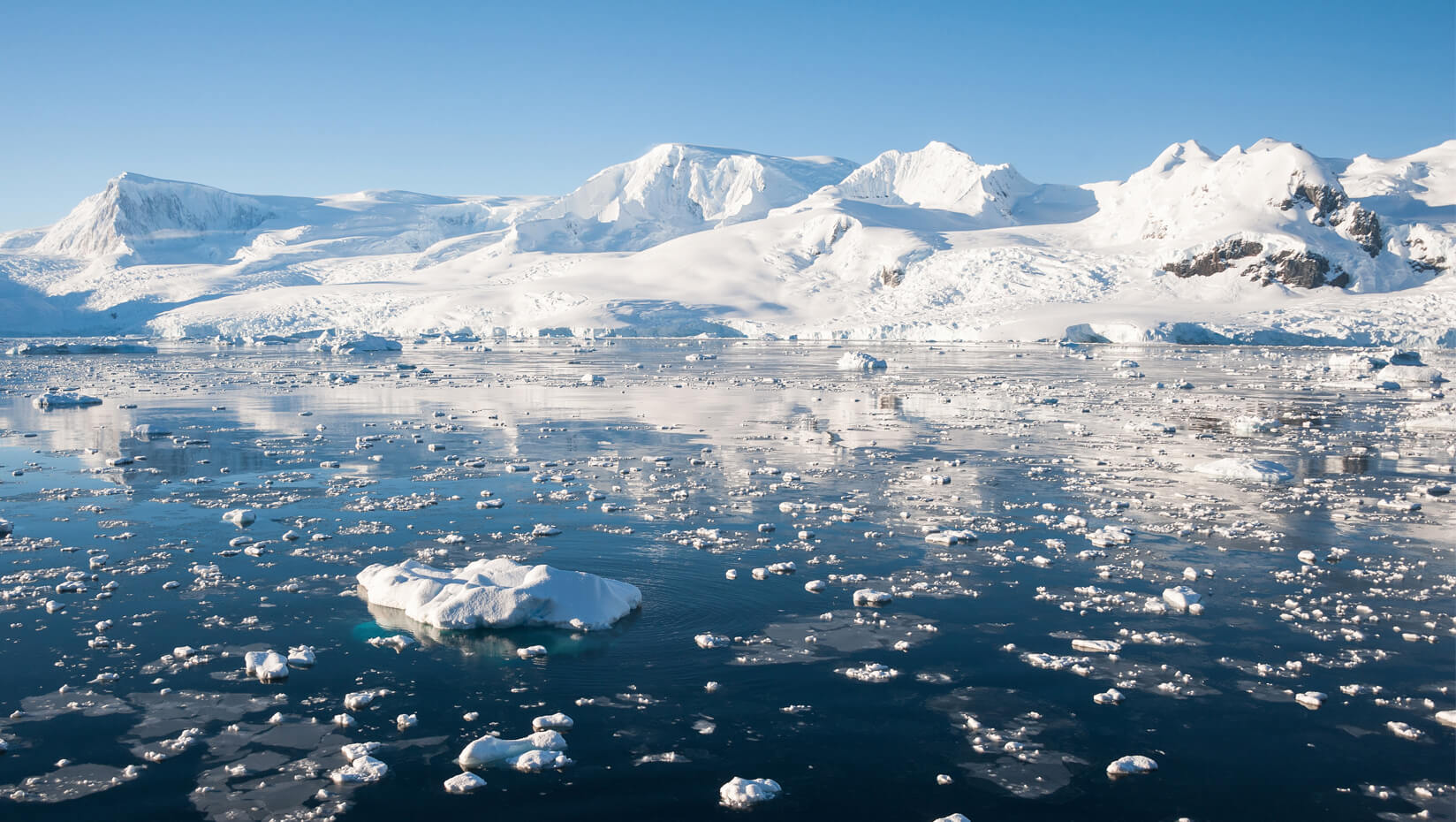
NASA technology key to Boss’ exploration of polar phytoplankton dynamics
Free-floating ocean phytoplankton, often too small to be seen without a microscope, are a big deal.
The tiny marine plants consume carbon dioxide and produce half of all the oxygen molecules that people and animals breathe. And, as the base of the ocean food web, they’re nourishment for zooplankton, fish, seabirds and whales.
To gain greater understanding of the annual cycles of these life-sustaining organisms in the Arctic and Antarctic, University of Maine oceanographer Emmanuel Boss and colleagues from around the country utilized NASA’s Cloud-Aerosol Lidar with Orthogonal Polarization (CALIOP) instrument.
Lidar is an active sensor that emits a pulse of light and measures, as a function of time, the return signal due to interaction with matter along the light path. Return signals from the ocean measured by CALIOP have only recently been found to provide a good predictor of particle concentration in the upper ocean, Boss said.
Return signals are similar to fields generated with passive satellite sensors, with the added advantage that measurements can be taken at night and through thin and broken clouds.
With this technology, the team examined a decade of uninterrupted growth-decay cycles of polar phytoplankton biomass (microscopic algae), including when no light was available during polar winters.
Boss said the project yielded several important takeaways.
One is that if NASA optimizes lidar technology for ocean measurements (CALIOP was designed for atmospheric measurements), quantifying phytoplankton vertical distribution on a global scale will be possible.
CALIOP’s vertical resolution is 100 feet but an ocean-optimized lidar could have a vertical resolution as short as 5 feet. This could revolutionize knowledge about plankton distribution, which have strong vertically varying distribution at certain places, including near sea ice and river mouths.
Second, Boss and his colleagues concluded the annual cycle of plankton biomass can be explained as a slight imbalance in herbivore-phytoplankton dynamics.
High-latitude phytoplankton accumulate when their growth rate consistently improves, with maximal biomass occurring when they grow the fastest. Once their growth rate stays the same or slows, their concentrations start dropping, most likely due to predation and viruses.
Third, the team learned that during the last 10 years, ice cover changes dominated the variability in Antarctic phytoplankton stocks and that ecological processes —light, nutrients and grazing — predominantly drove changes in Arctic phytoplankton stocks.
The team’s findings were published in the Dec. 19 online article “Annual boom-bust cycles of polar phytoplankton biomass revealed by space-based lidar” in Nature Geoscience.
In addition to lead author Michael J. Behrenfeld of Oregon State University and Boss, co-authors are: Robert T. O’Malley and Jennifer Schulien at OSU; Yongxiang Hu, Chris A. Hostetler, Johnathan Hair, Xiaomei Lu, Sharon Rodier and Amy Jo Scarino at NASA Langley Research Center; David A. Siegel of the University of California, Santa Barbara; and Jorge Sarmiento at Princeton University.
This team also is collaborating on the five-year North Atlantic Aerosols and Marine Ecosystem Study (NAAMES) NASA Venture project. UMaine’s portion of the project’s $30 million award is $1.5 million.
During four, targeted monthlong expeditions, a lidar optimized for ocean exploration flies over a research vessel and in-water robots to study a subarctic North Atlantic phytoplankton bloom and its multiple links to atmospheric processes, such as providing a source for aerosol and cloud condensation nuclei.
Contact: Beth Staples, 207.581.3777
From UMaine News.
